
Inside the $100M Showdown: ESPN and NFL Clash Over Mark Gastineau’s Explosive 30 for 30 Lawsuit
ESPN, the NFL and other defendants named in retired New York Jets defensive end Mark Gastineau’s 0 million breach of contract and false endorsement lawsuit argue in a new motion to dismiss the case that the five-time Pro Bowler’s legal theories are contradicted by contracts he signed and defy basic principles of both the right of publicity and the First Amendment.
In March, Gastineau filed a complaint in the Southern District of New York accusing ESPN and the NFL of using unauthorized video of him confronting retired Hall of Fame quarterback Brett Favre at a sports memorabilia show in 2023. The video appears in “30 for 30: The New York Sack Exchange,” which centers on Gastineau and teammates who were part of the highly-vaunted Jets’ defensive line in the early 1980s.
The 30 for 30 includes a clip of Gastineau accusing Favre of “falling down” in the final minutes of the 2001 regular season, when New York Giant defensive end Michael Strahan sacked Favre and broke Gastineau’s NFL record for most sacks in a single season. Gastineau, 68, says he has been ridiculed on social media over how he is portrayed. He says he never consented to the filming of the Favre confrontation. Gastineau also accuses ESPN and the NFL of placing him in a false light by omitting video of Gastineau and Favre shaking hands at the end of their conversation.
Through a brief filed by Alexander Kaplan and other attorneys from Oppenheim + Zebrak on July 3, ESPN and the NFL assert Gastineau’s case has numerous flaws.
First, Gastineau signed contracts with NFL Films that—ESPN and the NFL maintain—negate his claims. Of central importance Gastineau signed a talent agreement which, in exchange for Gastineau receiving compensation, granted NFL films the right to his NIL and other aspects of his right of publicity, including his voice, actions and biographical information. The agreement also contemplated Gastineau waiving any right to approve how he is portrayed or to approve the film itself. Likewise, the agreement indicates that NFL films can modify and edit content. It also neither requires nor excludes “any material to be specifically included in the Film.”
ESPN and the NFL maintain that a plain reading of the contractual language should end Gastineau’s case. As the defendants tell it, he granted “unfettered rights of publicity, including with respect to the footage about which he is complaining.”
Beyond contractual language, ESPN and the NFL stress the “Favre Encounter” was a newsworthy event and thus exempt from right of publicity and privacy claims. The defendants stress that the encounter was of public interest because it concerned Gastineau’s relationship with Favre regarding and tackled an especially divisive topic: Whether Favre took a dive to give Strahan the all-time NFL single season sack record.
“The Favre Encounter,” the defendants wrote, “is a key development in the narrative of Gastineau’s legacy, how he was impacted by Favre’s sack, and how his New York Sack Exchange teammates viewed him.”
ESPN and the NFL also argue that while Gastineau contends his impromptu meeting with Favre at the memorabilia show was a “private encounter,” it was anything but. The defendants point out that Gastineau and Favre were surrounded by onlookers. Gastineau also wore a microphone provided by the film crew, which indicates he “consented to the recording.” This was also not a hidden camera situation: the film crew was around Gastineau, and he was “fully aware” of them.
In addition, ESPN and the NFL stress how in interpreting the First Amendment, courts have consistently protected artistic works, including documentaries and other biographical works. The New York Sack Exchange and its members, including Gastineau, are fair game for historical reports and other media, the defendants insist. Through what is sometimes coined artistic license, filmmakers also enjoy substantial discretion in how they tell of events and narrate history.
Lastly, ESPN and the NFL maintain that Gastineau didn’t suffer any damages. He contractually assented to appear in a film and to the filmmaker controlling how he appeared. Further, “waived any right to inspect or approve” how he appeared in the film. The defendants essentially argue that Gastineau is complaining about something he contractually accepted and thus can’t establish he was harmed in a way the law ought to remedy.
Gastineau will have the opportunity to try to rebut ESPN and the NFL’s arguments by filing an opposition to their motion to dismiss. The case is before U.S. District Judge Paul A. Engelmayer.







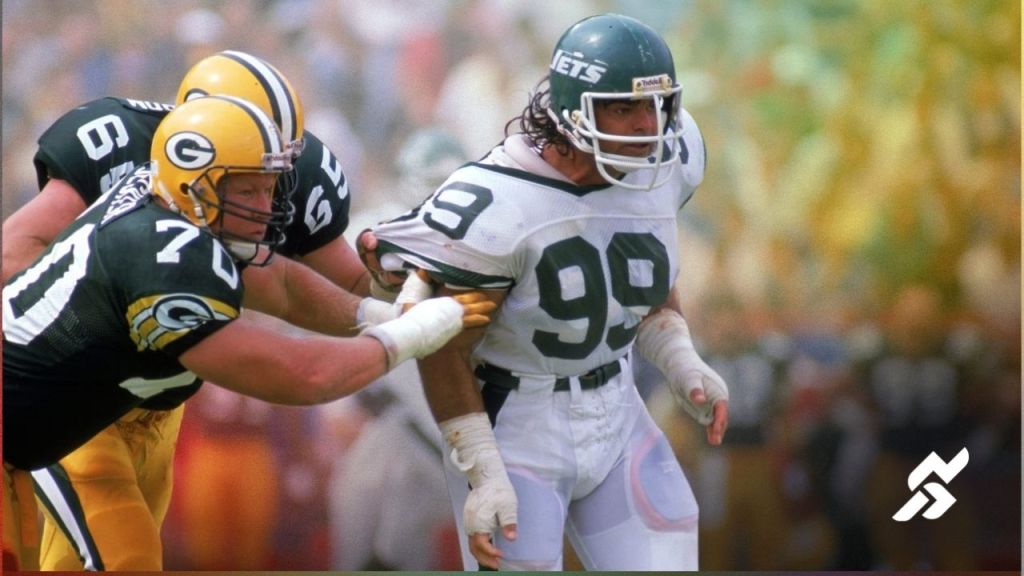
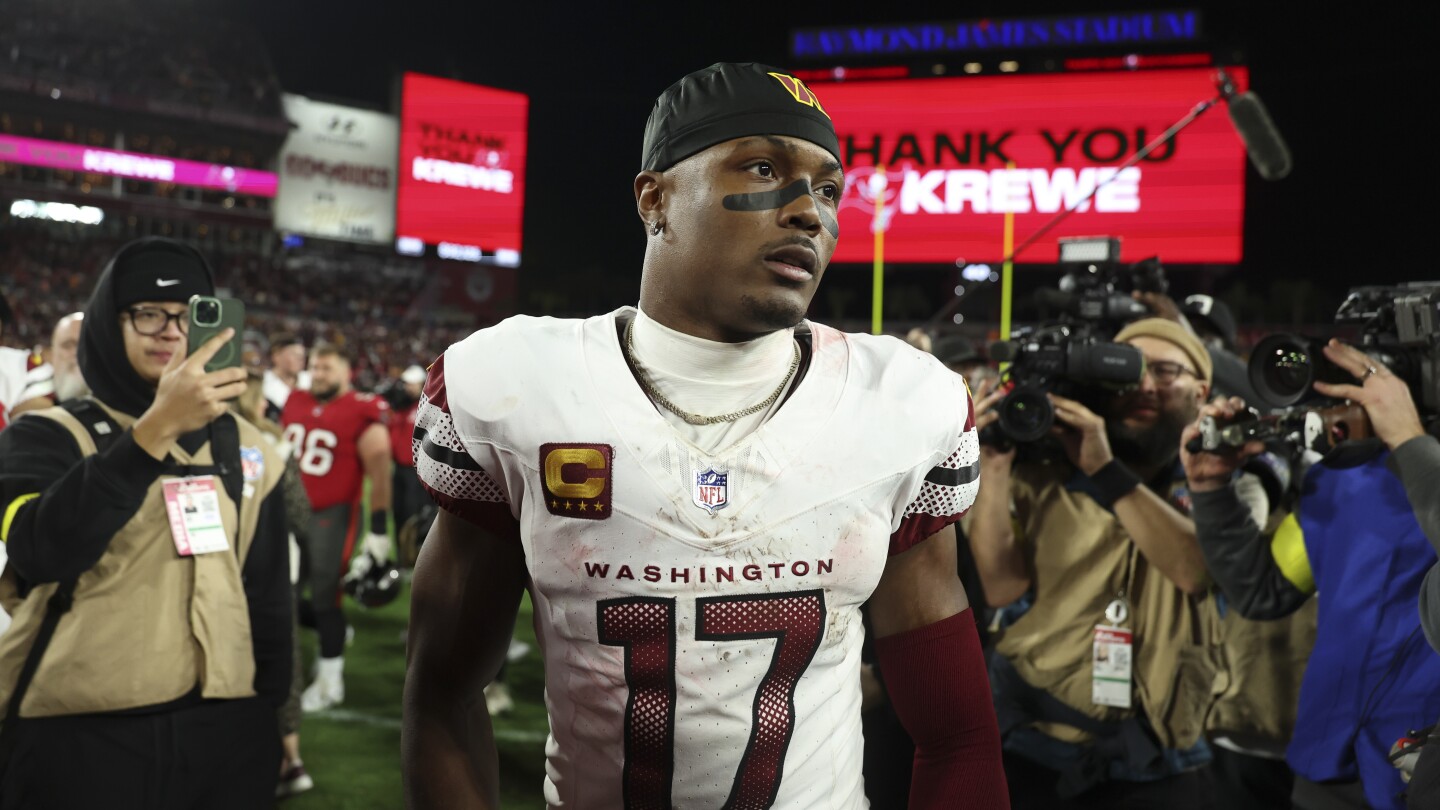

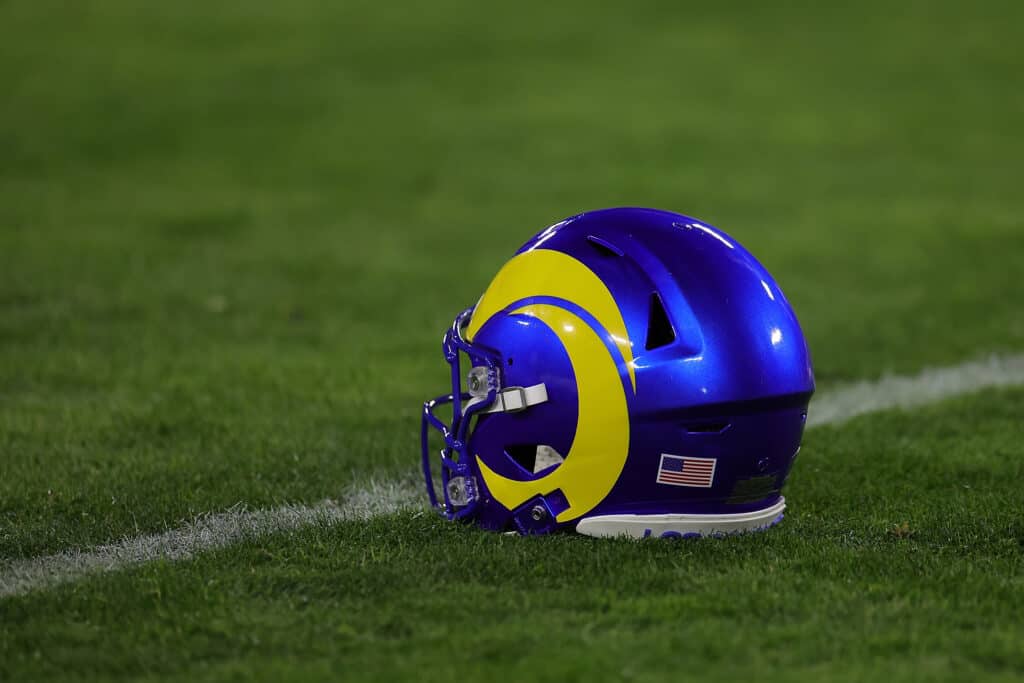
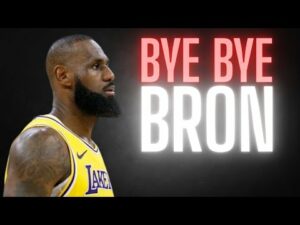


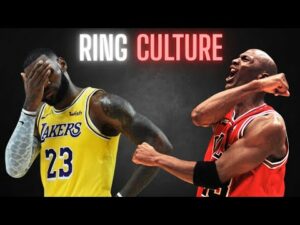




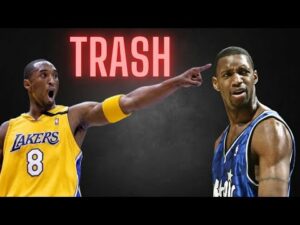

Post Comment